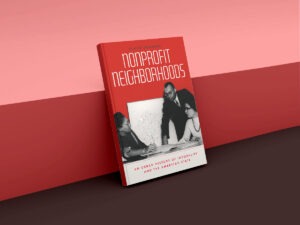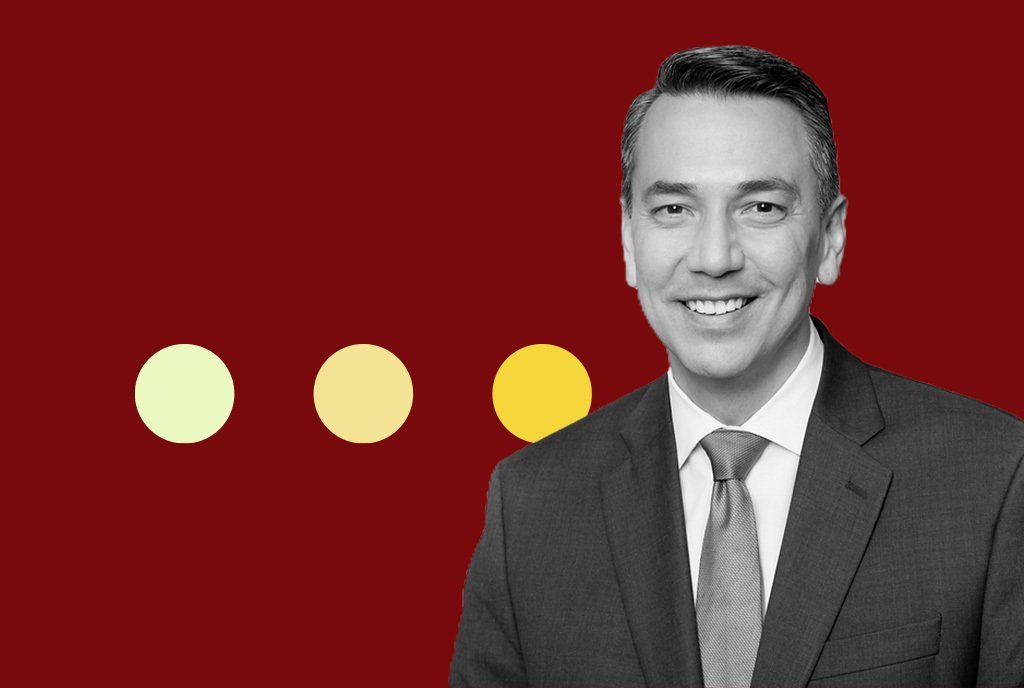
April 4, 2019; New York Times
During a March 31, 2019, Sunday vote, the New York State legislature agreed to a $175 billion budget that included congestion pricing for a large swatch of Manhattan. Vehicles traveling below 60th Street will have to pay, and that money will help fund subways and other regional transportation needs.
New York’s congestion pricing will be the first in the US, but it has become a staple in places like London, Stockholm, and Singapore. Details about the plan, costs, and potential exemptions for drivers will be developed by the Triborough Bridge and Tunnel Authority and a traffic mobility review board.
The new policy represents a sea change in how we view mobility that will likely force changes in how we get around.
Why? Because unlike highways, where tolls are common, Americans have always felt that we own the streets of our cities. We have felt entitled to the subsidy that is implied by required off-street parking from businesses, maintenance of the street infrastructure by taxes or fees that other people—including people who do not drive—pay, and gas taxes that fund roads. But as streets become more clogged and rush hour becomes every hour, the notion of congestion pricing is simple—that public roads are a scarce resource that requires a pricing mechanism to ration access.
“It’s a huge departure from how we’ve culturally thought about this over the years,” Kari Watkins, a professor at Georgia Tech’s School of Civil and Environmental Engineering, told the Times in April.
There are, however, key public policy lessons to be learned from the cities that have already implemented congestion pricing and, since the devil will be in the details of New York City’s plan, London’s experiences are of some interest.
Sign up for our free newsletters
Subscribe to NPQ's newsletters to have our top stories delivered directly to your inbox.
By signing up, you agree to our privacy policy and terms of use, and to receive messages from NPQ and our partners.
London, which implemented congestion pricing in 2006, has seen a significant decline in motor traffic in the congestion zones:
On the day the congestion charge was introduced in London, 300 extra buses were added to the Central London bus network to give people an alternative to driving and avert the anticipated mayhem. One year later, [Mayor] Livingstone reported that 29,000 more passengers had entered the charging zone by bus during the morning rush hour, compared to a year before. Between 2002 and 2014 the number of private cars coming into the zone fell by 39 percent.
But an important loophole in the congestion charge has begun the turn the tide against bus transportation and the income raised by the congestion charge. Trips by taxis and for-hire vehicles (which are exempt from the congestion charge) have increased 9.8 percent between 2015 and 2016 and 29.2 percent since 2000.
The sheer number of for-hire vehicles entering the congestion charging zone has slowed traffic in the city center which has led to recent decreases in bus ridership. City authorities have demonstrated a clear correlation between slowing traffic speed and declining bus ridership on routes through the congestion zone.
And congestion zone income declined in 2017 even as exempt for-hire registrations increased from 49,854 in 2013 to 87,409 in 2017.
This suggests two policy recommendations for New York City: First, make the taxis and the for-hires pay, and second, be prepared to figure out new strategies as cost avoidance inevitably impacts both the revenues and the positive impacts on mass transit at some point “down the road.”—Eric Fullilove













